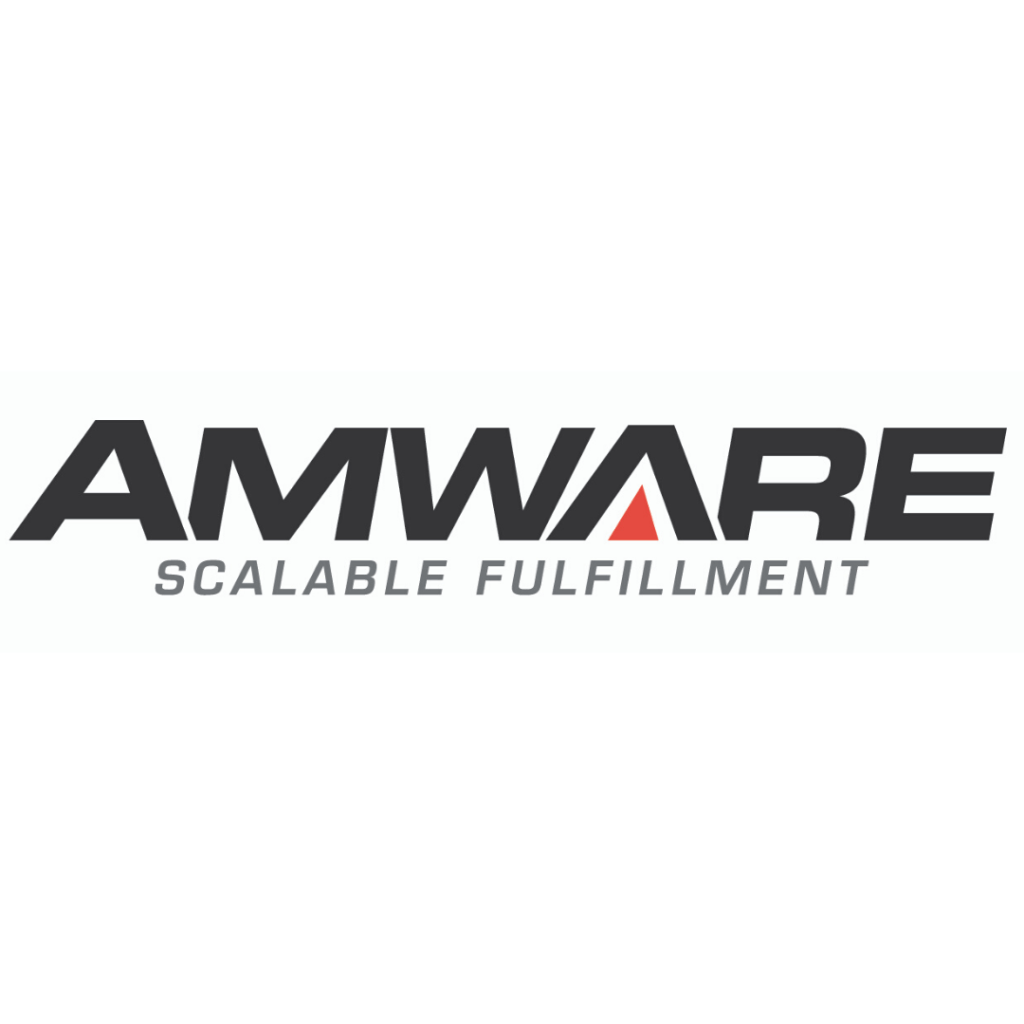More than half of online buyers currently use one or more versions of a subscription box purchasing model. With that tremendous growth come challenges, especially with subscription box order fulfillment.
Today there’s considerably more competition for consumers’ subscription dollars – and more places for those customers to take their business if they begin to suffer from “subscription box déjà vu.” That’s that “been there/received that already” effect that often applies to subscription customers who have been doing business with the same subscription company for a long time.
For example, a member who’s hugely enthusiastic about receiving an assortment of pet products during the initial months of a subscription may not be nearly as excited if she’s receiving all-too-familiar variations of that same assortment a year later. In fact, she’s probably at risk to churn – aka turn her business over to a different subscription company.
When a significant part of your value proposition is that no two month’s boxes will ever have exactly the same items, it tends to make fulfillment and shipping costs more volatile.
Since fulfillment expenses are based on the number of touches required to get each shipment out the door and each month’s product selection is different, inevitably, some product configurations are probably going to need considerably more of those touches (and expense) than others.
Plus, when you change the kinds of products you ship, you’re probably altering a shipment’s weight and dimensions. If the types of products featured in one month’s assortment require a larger box or create a heavier shipment, it could substantially increase that month’s parcel delivery expenses as well.
Both of these phenomena can pose a problem for margin-challenged subscription businesses because, regardless of shipment size and weight, members pay the same flat fee.
Of course, many of the most popular subscription box companies specialize in helping people conveniently replenish similar products every month – like razors, nutraceuticals, and cosmetics.
With such companies, one of the most important retention factors is delivery reliability. Regardless of whether these subscription companies have a pre-established monthly delivery date or allow customers to select their own, they must stick to that delivery date as closely as possible. Even if they occasionally have to cover the cost of expedited shipping to ensure things arrive on time. After all, when people agree to pay a monthly fee that will be collected like clockwork, they expect their subscription provider to be just as diligent about keeping its end of the bargain.
As memberships grow, it’s not uncommon for subscription companies to hit a point when growing order volumes – and the additional inventory, packaging materials, storage, and labor requirements – make subscription fulfillment too overwhelming to handle without help. That’s when they decide to look for a 3PL partner.
Among the advantages of fulfillment outsourcing for subscription box companies:
- Improved rates for parcel delivery – third-party logistics providers (3PLs) have multiple clients and locations and can use that aggregate purchasing power as leverage to negotiate better rates
- Flexible labor – 3PLs can flex labor during peak shipping times so you’re not overpaying if there are times during the month when order volumes are low
- Expert advice – your 3PL may serve dozens or hundreds of other business-to-consumer companies and is likely to have at least a few game-changing strategies they can leverage to your advantage. Things like better packaging, more efficient shipping methods, and optimizing warehousing layouts, and picking.
Despite the particular fulfillment challenges unique to subscription box companies, the model is still advantageous for fulfillment in one significant way: shipping volumes and delivery dates are generally more predictable from month to month.
As a result, it’s easier to plan warehouse labor. With more time to plan, an experienced 3PL can more easily optimize staffing. That includes scheduling the best and brightest associates to get boxes accurately picked, packed, and out the door, as well as mapping out a more cost-effective workflow to minimize travel time in the warehouse. Don’t underestimate the value of this advantage. Labor costs continue to be the largest component of warehousing costs, so it pays to work with 3PLs that understand subscription box fulfillment and how to use some of the unique characteristics of this business to minimize labor costs.
Predictable deliveries also make subscription companies highly appealing customers for parcel carriers, who welcome the opportunity to service a piece of consistent business with guaranteed volumes and schedules.
Written by Harry Drajpuch
Gold Partner, Amware Fulfillment
https://www.amwarelogistics.com/


